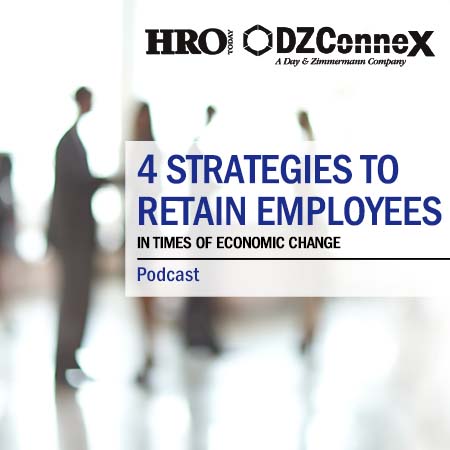Stay interviews have been around forever, but they have become a more common, and more essential, practice since the start of the pandemic. As companies across the globe struggle to attract and retain talent, they need to do everything they can to increase the retention rate of their top performers — hence the stay interviews.
A stay interview is a conversation that company leaders have with their employees with the goal of uncovering what they like about their job and the company, and what they would like to change. They are conducted to help companies uncover why their employees are staying and what could potentially cause them to leave. It’s an efficient means to figure out what you are doing right as an employer and what areas you could improve upon to increase employee satisfaction.
By conducting stay interviews, you can adapt your business strategies to accommodate employees’ reasonable needs based on the feedback they give you, and these actions will show your workforce that you genuinely care about their wellbeing. And a workforce that feels appreciated and valued is a workforce that will show up eager to work for you and give a strong effort. These interviews are meant to benefit both the employer and employee if they are conducted right. The employees' concerns and needs should be met, while the employer should gain the trust of their workers, leading to improved performance and retention.
Keep reading to uncover some tips for administering stay interviews to ensure they yield a generous return.
1. Be Objective
As the interviewer, make sure you are prepared for what’s ahead. One of the best preparation tips is to go into the interview with an objective mindset. The goal is to improve the employee satisfaction of the interviewee, and this can be difficult if you have a subjective viewpoint. Just because you think that you/your company are doing something right, it doesn’t mean that your employees agree, so objectivity is key when listening to their feedback. It’s best to try to view employees’ concerns with a different perspective than your own to achieve the most productive results throughout the interview.
2. Listen and Empathize
Two of the prominent aspects of any great interview are listening and empathy. There’s no point of conducting an interview if you aren’t going to sincerely listen to what the interviewee has to say. The only way to implement changes and make sure your employees feel like they have a valued voice is by taking what they said into consideration and taking action to show them that you care about their feedback.
3. Ask Open-Ended Questions
It’s crucial to avoid creating a list of questions before the interview and strictly sticking to them without leaving any room for questions that arise naturally throughout the interview. You should have some ideas of what you want to talk about, but don’t be stuck on them. Try focusing on open-ended questions that encourage a conversation-like interview, allowing interviewees the opportunity to cover anything they want to address. It’s also important that you don’t ask leading questions that could steer individuals in one direction or leads them to conform to your opinion.
4. Develop a Change Implementation Plan
After the interview is over, it’s time to dive into their feedback and see what you can realistically do to improve their work environment. If the interview was successful and they honestly expressed what areas they thought the company was lacking in, then it’s your duty as an employer to take action to fill these gaps and ensure you’re fostering the best work environment possible.
The best practice here is to develop a change implementation plan. This is a process for your business with detailed steps to follow in order to implement changes across the organization. Having a comprehensive plan in place will ensure everyone understands their role in executing any necessary changes, leading to an efficient implementation process. The interviewee who suggested these changes should occur will be satisfied to see that their opinion made a difference, and this will positively impact employee retention.
5. Don't Forget About the Positives
When reflecting on a stay interview, don’t forget to listen to employees’ positive feedback, too. Sometimes it’s easy to get bogged down by the negatives in a given situation, but addressing the positives can prove to be immensely helpful. For example, if an employee reveals that they enjoy the occasional social events that the company hosts for employees to interact outside of work, then you should considering increasing the frequency of these events. This investment would likely be a retention-boosting strategy and be more than worth it in the end. Don’t forget that all feedback is important feedback.
6. Follow-Up with Employees
Stay interviews should not be a one-time thing. To be most effective, they should happen more than once a year, and each interview should also include a follow-up meeting. It’s vital to circle back and make sure each employee feels like their concerns were properly addressed and that they are happier than they were before the previous stay interview. The follow-up meeting will provide them with the chance to express any additional concerns or provide positive comments about the newly implemented changes. Employees might feel like their stay interview was all for nothing if it’s never spoken about again once it’s over. Consistency is a key factor in employee retention efforts.
By incorporating these tips into your retention-boosting stay interview strategy, your organization should see improved satisfaction and retention rates in no time.



%20Size%20Photos/dynamic%20skyline%20and%20businessman.jpg)



